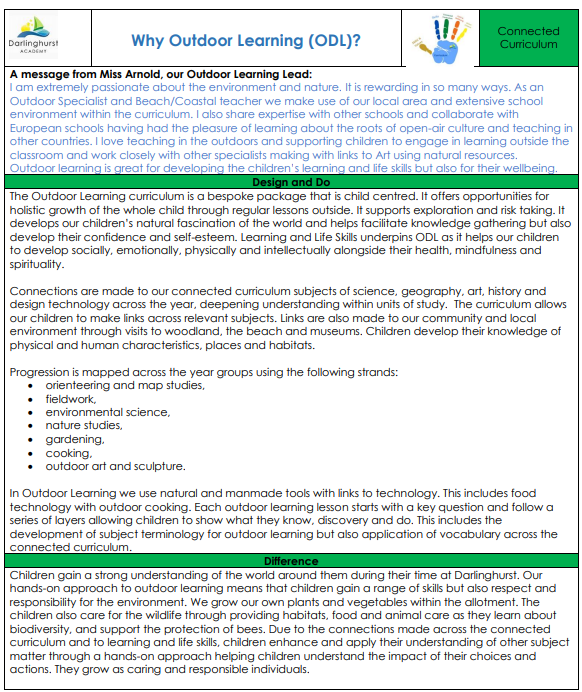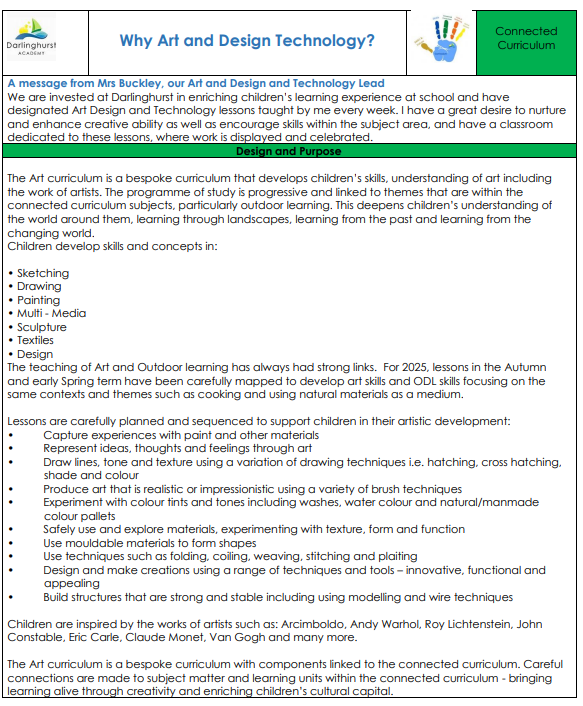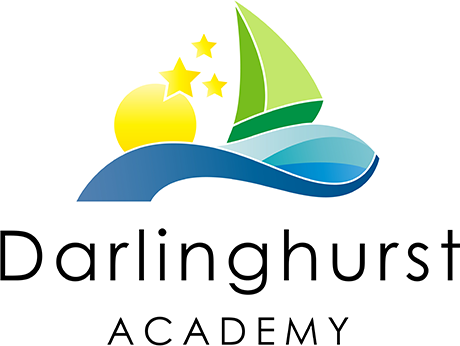Connected Curriculum
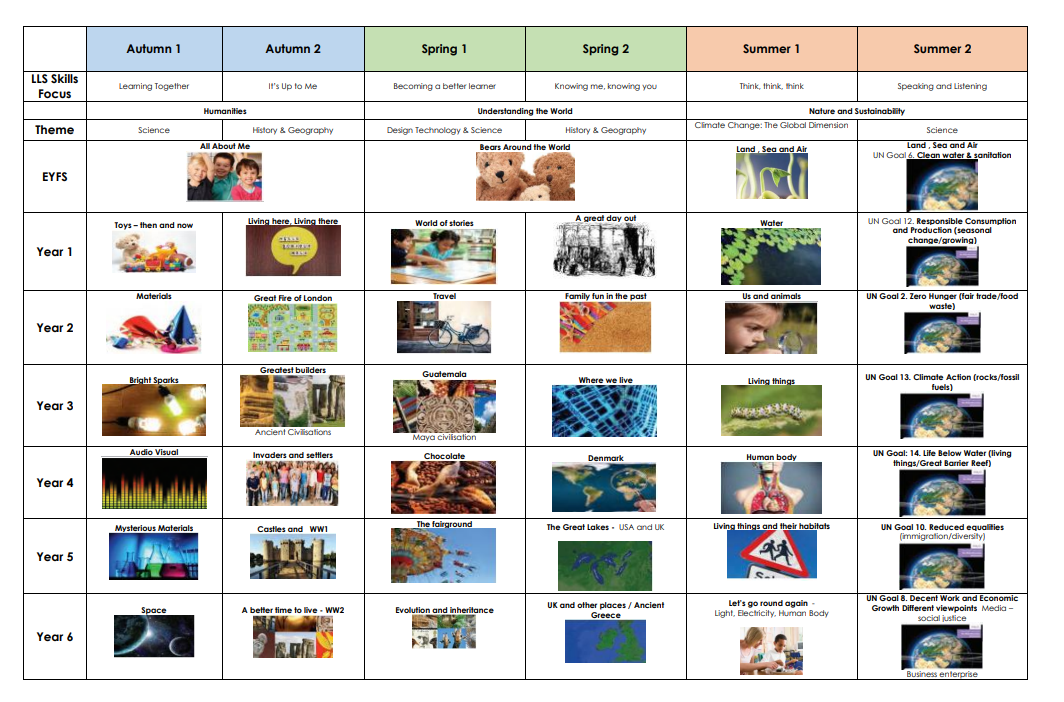
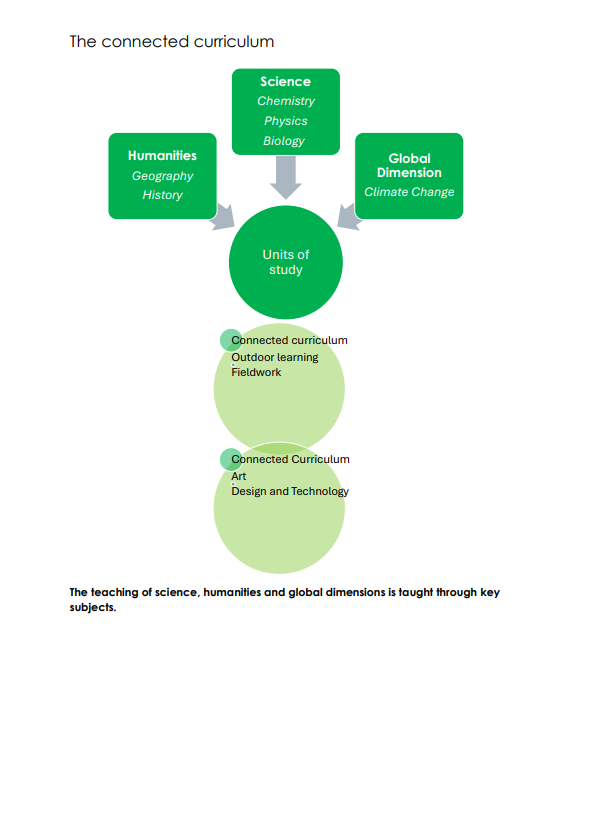
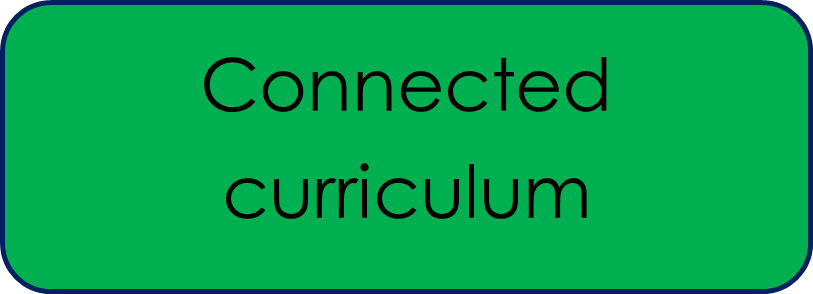
Why is it called the Connected Curriculum?
Our curriculum has been carefully shaped to support children in exploring concepts and issues, preparing them for the future.
There is an increasingly globalised and interconnected world and because of this content and connections are made.
Our connected curriculum ensures our children develop as global citizens confident in skills for their social and cultural capital. It is designed to help children make connections with:
- Each other
- The world
- Local and global communities
- The past
- The future
Children immerse in learning with subject matter that is meaningful and to maximise learning. They are taught within a progression model so that coverage and concepts are taught well in readiness for the next phase in education. The key subjects within a unit of study are:
- Science
- Humanities
- Global Dimension – Climate Change
Units of study
Each unit of study has clearly defined subject matter.
Plans and provision ensure that threshold concepts are covered and aligned to attainment statements to meet age related expectations. These are known as ‘Milestones’. Children work within their Milestone – age related expectations at key stage one, lower key stage two and upper key stage two.
Lessons are mapped sequentially with links to past learning with I can statements shared with children.
Knowledge organisers are used to support learning and memory recall of key facts and vocabulary.
Each unit of learning has a start and end point that is shared with the children so that they know what they are learning and why.
At the end of each unit review lessons are carried out or assessment tasks.
Children work within a Milestone for two years. This allows them to learn the fundamental foundations and build upon these. We know that children acquire their conceptual understanding and skills at differing rates and teacher assessment is the same as core learning with children working at the expected standard or towards the standard or above.
Lesson structures are academy wide and follow layered lesson approaches.
The foundation lesson structure includes:
Enquiry question and Key question
show, vocabulary, learn, do, mark, next step.
Spoken language and oracy is woven through all curriculum subjects.
Children receive a breadth of study and leave Darlinghurst with the knowledge, skills and characteristics to continuing their studies – equipped for learning and life. Connections are made through Outdoor learning, Arts and Designs adding depth to their curriculum.
Our curriculum makes a difference and supports our children within our interconnected world.
SPACE: Successful learners, Prepared for change, Active citizens, Confident individuals and Effective contributors.
Find out more about the key subject areas: Science and humanities.
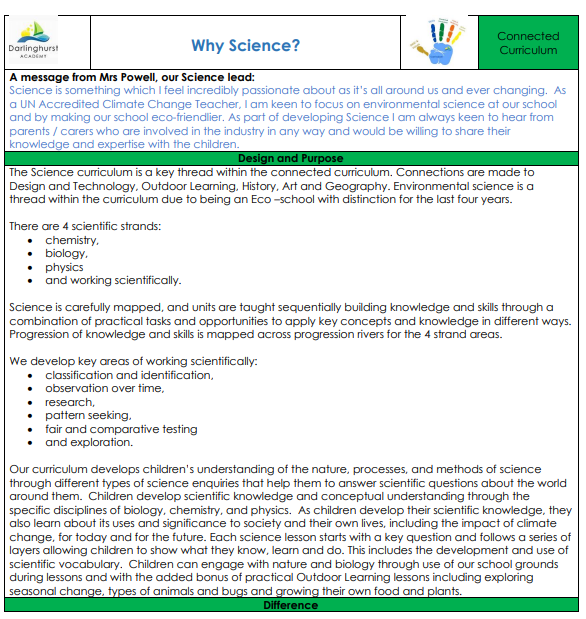
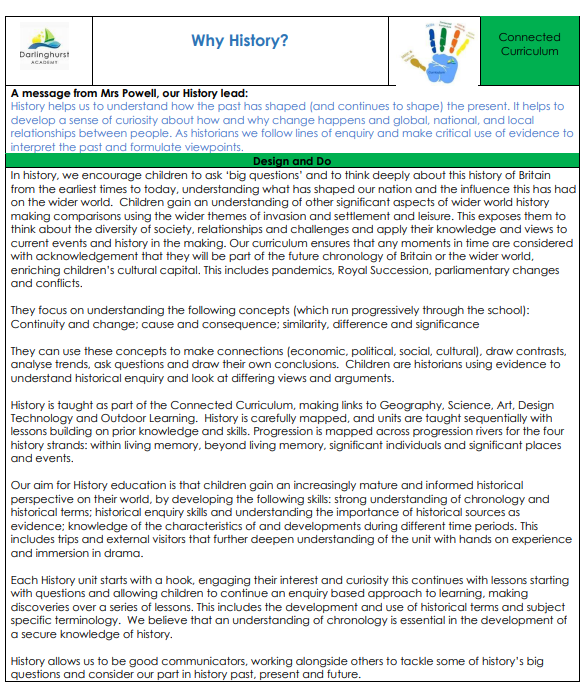
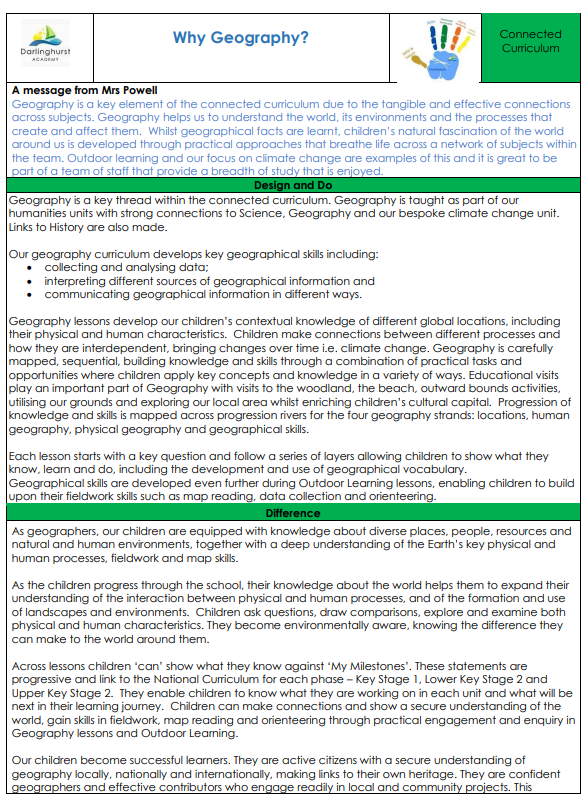
Find out about other foundation subjects:
